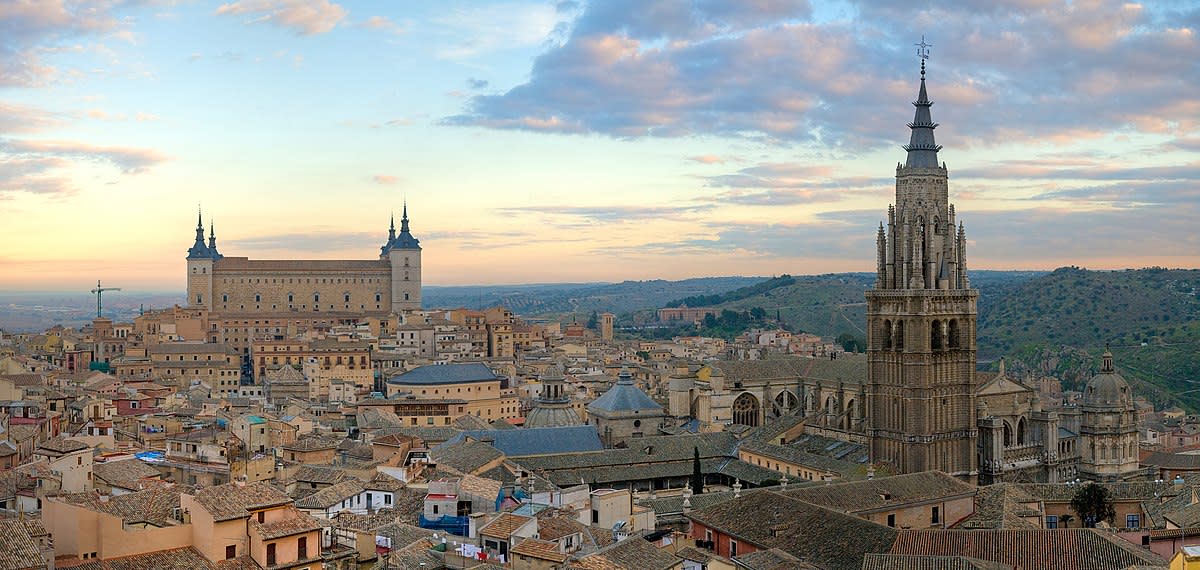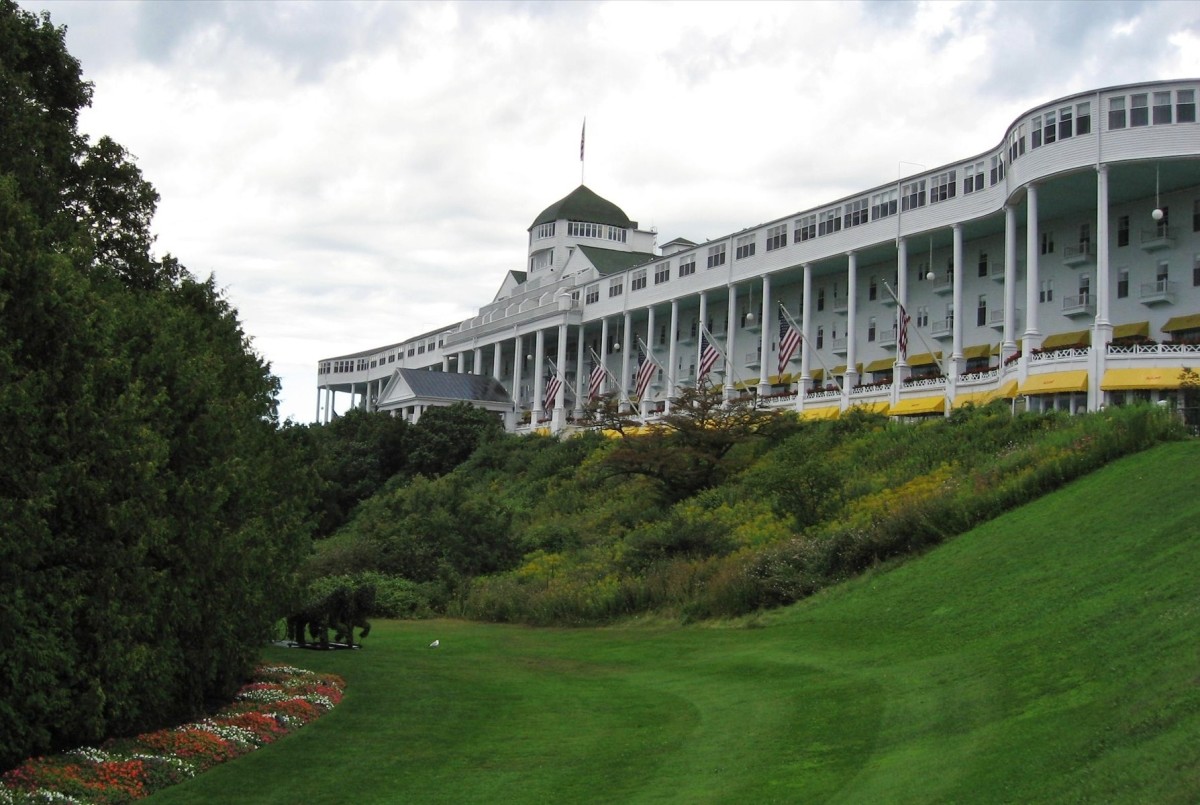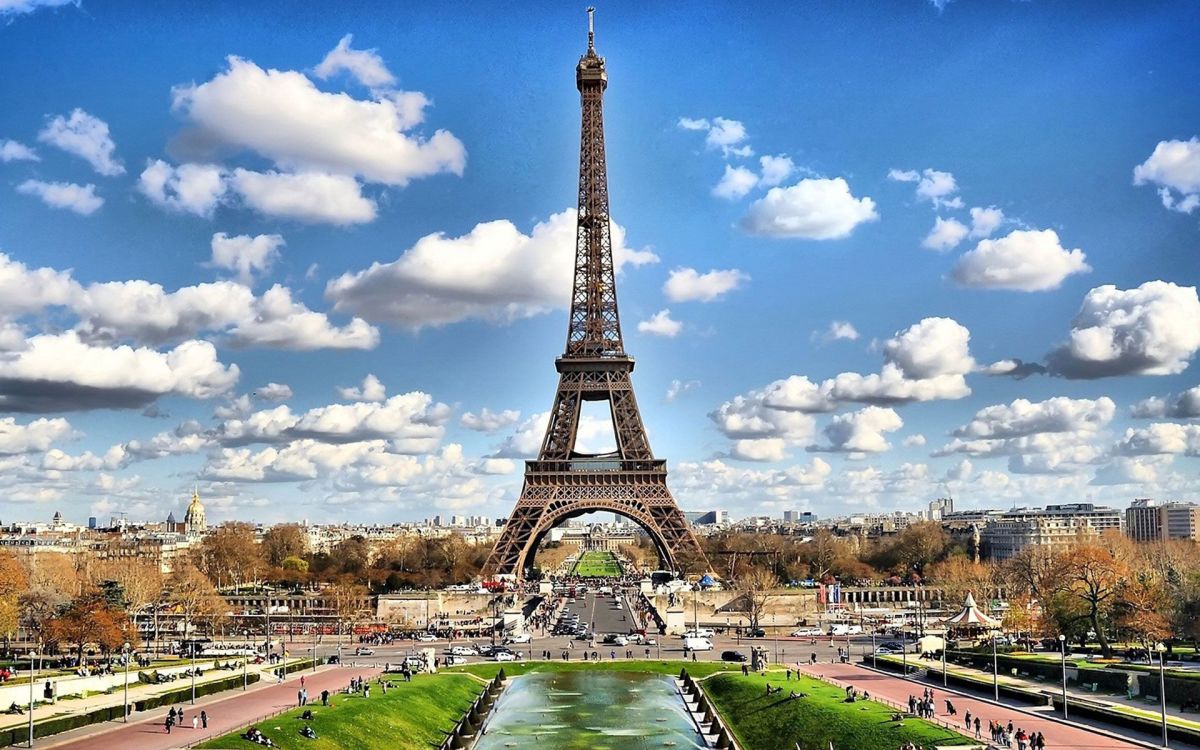Visiting Mont Cassel, Northern France: Prominent, Historic Hill Overlooking the Plain of Flanders
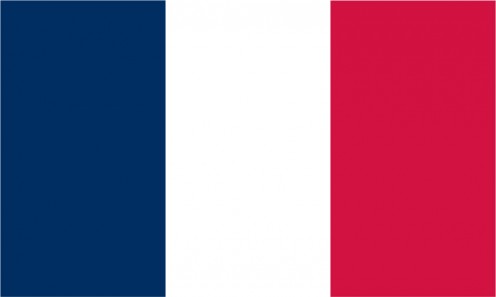

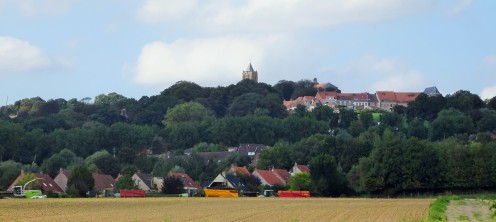
A very visible, historic vantage point
With the municipality of Cassel centred upon it, Mont Cassel (Mount Cassel; Dutch: Kasselberg)(1) is a prominent hill which rises to 176 metres above sea level.
Speaking of the sea, in the Middle Ages Mont Cassel was situated near the sea (and was indeed attacked by Vikings in 928); now, the sea port of Dunkirk (French: Dunkerque; Dutch: Duinkerken) is situated 29 kilometres away.
Cassel did not become part of France until 1678 by the Treaty of Nijmegen. The surrounding area was formerly Dutch-speaking, and there are still pockets of Dutch-speakers in the Nord department of France adjoining the Belgian Region of Flanders.
Mont Cassel has thus in one way or another been part of a transitional area; and truly has a borderland character. Because of this and because of its elevated position over the Plain of Flanders, its military significance has waxed and waned, so to speak, over the centuries (2). In the 17th century, the French authorities made attempts to dissuade potential invaders from coveting Mont Cassel as a strategic stronghold by dismantling existing fortifications.
However, in World War One, fought substantially in Flanders and northern France, Cassel could not avoid being regarded as significant, and indeed French Marshal Ferdinand Foch (1851-1929)(3) made Mont Cassel his headquarters in the earlier part of the War; he was later named Commander-in-Chief of the Allied Armies. (See photo, below, for Marshal Foch, with U.S. General Pershing.)
In any case, in peace or war, Mont Cassel offers fine, panoramic views over the Plain of Flanders.
It is indeed very well worth a détour for anyone visiting this area of northern France.
The municipality of Cassel is located in the Dunkirk 'arrondissement' of Nord department, in France's 'Hauts-de-France' region.
April 15, 2019
Notes
(1) As regards Dutch-speakers, Cassel has remained for a long time part of active, collective consciousness. The prominent Belgian Flemish poet Guido Gezelle (1830-1899) wrote a Dutch poem set in Cassel ('Casselkoeien' from 'Rijmsnoer om en om het jaar', 1897).
(2) Indeed, the term 'Battle of Cassel' (referring to this locality in what is now northern France) can refer variously to events in 1071, 1328 and 1677.
(3) There is an equestrian statue of Marshal Foch at Cassel, situated close to a prominent windmill.
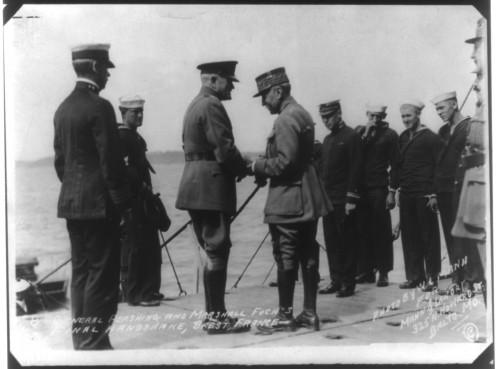
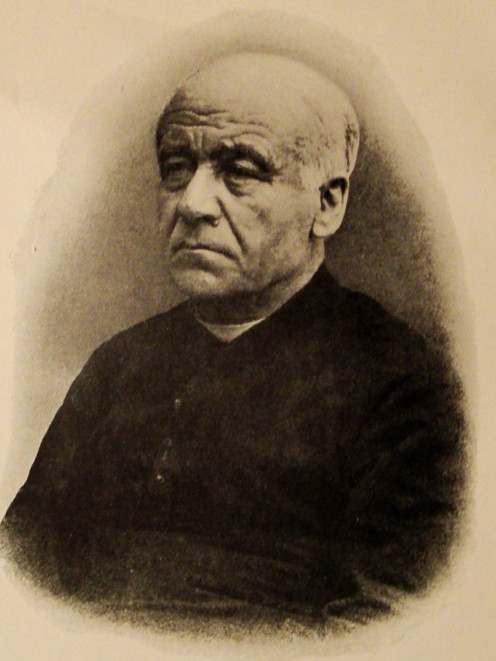
Also worth seeing
In Cassel itself, a number of buildings are significant, including the Collegiate Church of Our Lady of the Crypt, partly dating from the 11th century, a former Jesuit chapel dating from the 17th century, and a windmill, of which there were formerly several, which is open to the public.
In Dunkirk (distance: 29 kilometres) significant structures include a belfry at the City Hall and a 15th century belfry.
Bergues (distance: 24.2 kilometres) a fortified town, which has an impressive belfry.
...
How to get there: The nearest large international airport to Cassel is Belgium's Brussels Airport (Brussel-Nationaal / Bruxelles-National ), where car rental is available (distance between Brussels Airport and Cassel: 165 kilometres). Some facilities may be withdrawn without notice. You advised to check with the airline or your travel agent for up to date information. Please refer to appropriate consular sources for any special border crossing arrangements which may apply to citizens of certain nationalities.
MJFenn is an independent travel writer based in Ontario, Canada.
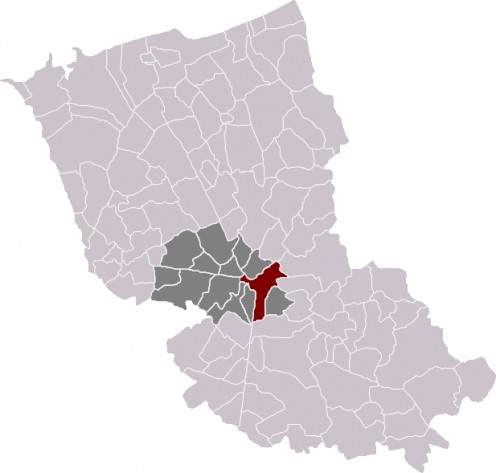
Other of my hubpages may also be of interest
- Visiting Bergues, France, With Its Belfry: Memories of a Prosperous Flemish Town in the Middle Ages
Bergues was a prosperous, Flemish town in the Middle Ages; its skyline continues to be dominated by a belfry. - Visiting Dunkirk, France: City of Magnificent Flemish Belfries
The City of Dunkirk has some magnificent, Flemish belfries; one is Medieval and free-standing; the other is attached to the City Hall and dates from the late 19th century.




